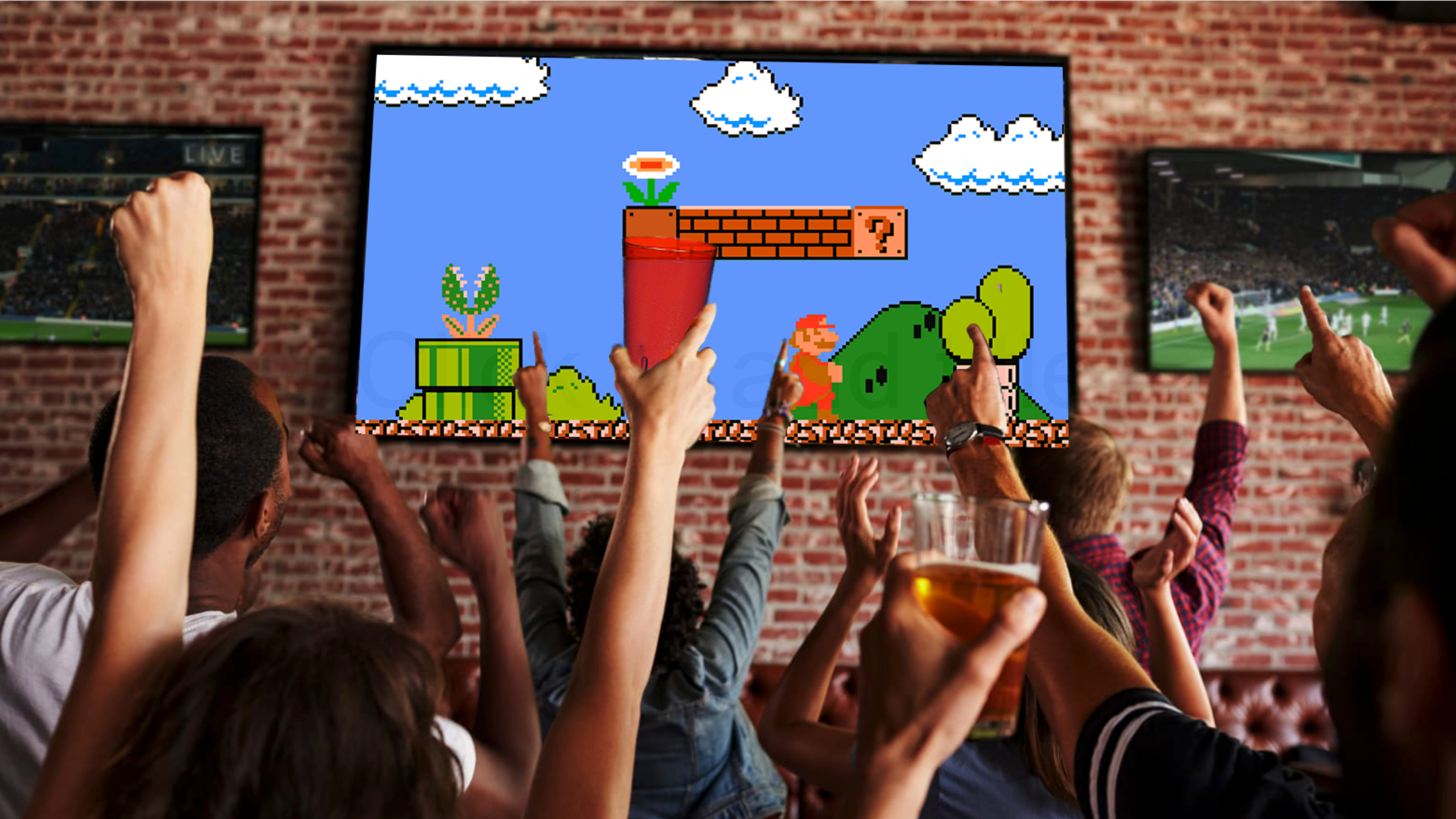pizza hut
2019

team
Roxanne Benefiel
Stefan Berg
Michelle Huang
Anna Kouna
David Kurushima
role
research, strategy
brief
Asked to reposition an established brand that has lost standing and cultural relevance, we elected to explore the once nationally dominant purveyor of pizza, Pizza Hut.
problem
Once the leader in both sales and market reach, Pizza Hut has fallen behind both direct contendors like Dominos and indirect competitors like DoorDash. The rise of health conscious consumers, fast-casual dining, and a proliferation of food delivery services has put a squeeze on Pizza Hut’s commercial and cultural viability.
audit
Pizza Hut long ago established its strongest brand equities when it was the dominant national pizza parlor chain and pizza delivery service. However, following the success of the ‘Stuffed Crust Pizza’ in the ‘90s, Pizza Hut spent much of the past 2 decades attempting to recreate its good fortune with more product innovation while repeatedly reconfiguring its visual identity. Today Pizza Hut maintains a strong brand identity, albeit one that is most vivid to consumers with a nostalgic or ‘retro’ connection to its traditional pizza parlor experience.

assessment
Caught in a classic ‘Red Ocean’ trap, Pizza Hut needs to leverage its long-established brand equities in tandem with a strategy that avoids competing directly on price, perceived quality and technological efficiency.

insight
While competitive pricing, perceived quality, and ease and efficiency can all be provided through contemporary delivery services, physical locations continue to offer the best brand enhanced encounters for increasingly experience-oriented consumers.
strategy
Our proposed two part strategy would first clarify and refine Pizza Hut’s diversity of product offerings and retail experiences—asserting its traditional pizza parlor establishments in targeted geographic locations.
Leveraging this reaffirmed identity, Pizza Hut could more effectively engage in the delivery market by providing an authentic brand experience that could not be replicated by existing direct and indirect competitors.
creative solutions
We developed a number of accessible activations that paralleled this two part strategy.
Focusing first on the physical locations themselves, we sought to both affirm and update the distinct nostalgia and more general social appeal of the Pizza Hut pizza parlor experience.


In turn, we would then capitalize on this asserted identity by embedding it, from start to finish, into Pizza Hut’s delivery service.
Through cost-effective and physically deliverable brand touch points, our concept offers a uniquely social food delivery experience that not only reinforces Pizza Hut’s historic brand equities, but feels tailor-made for today’s dining challenges.


